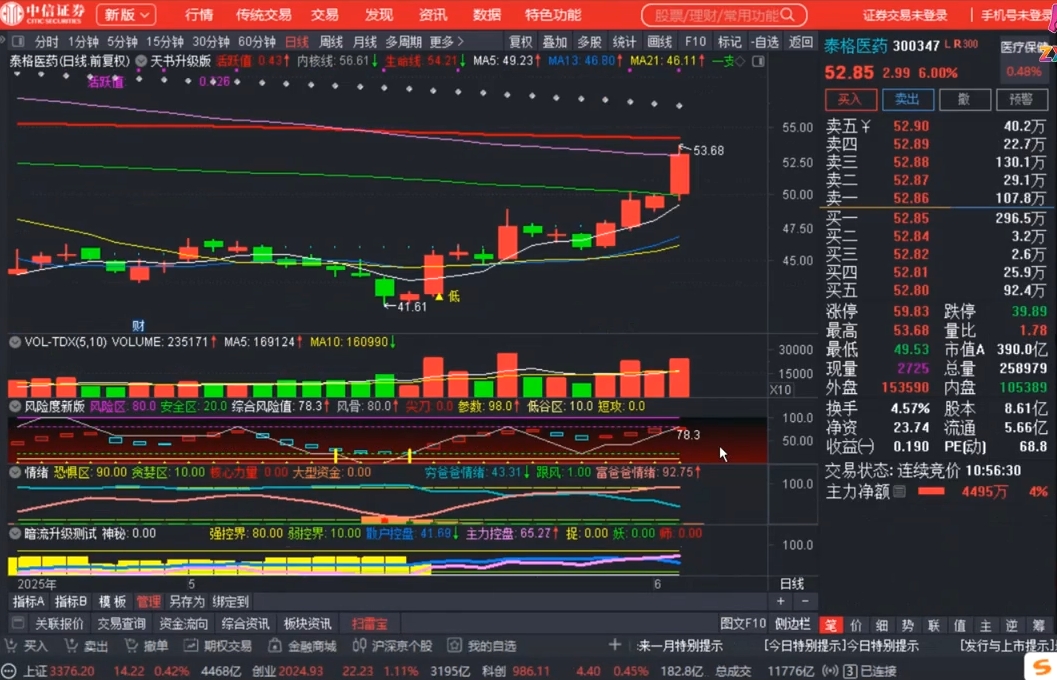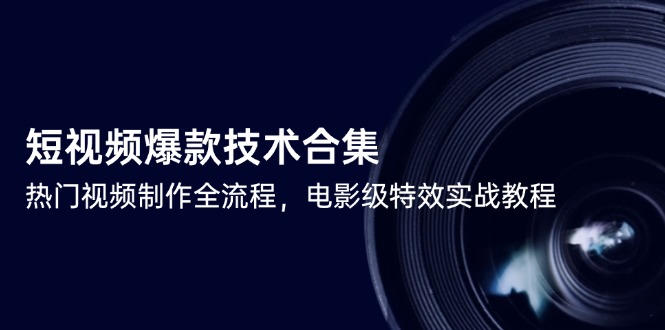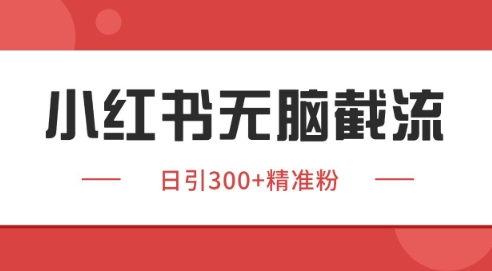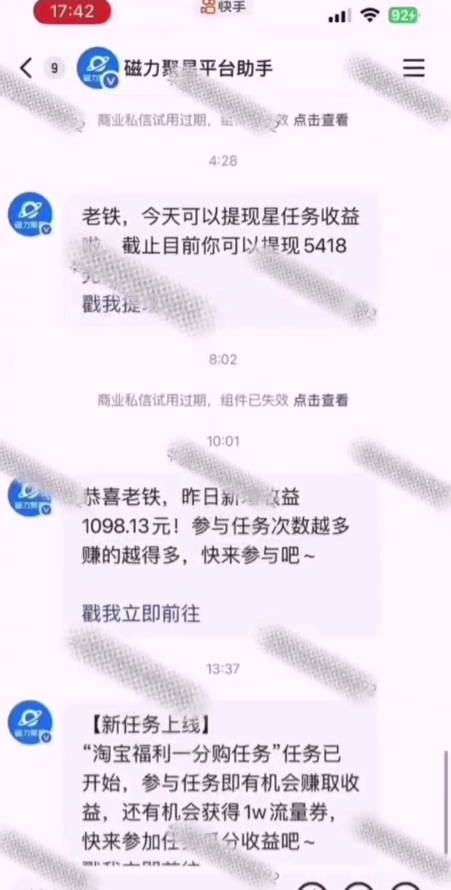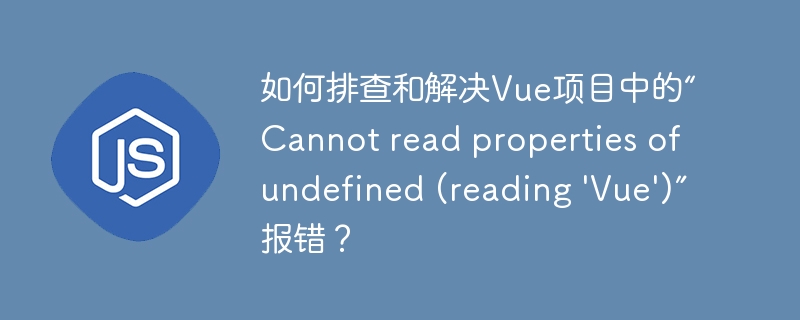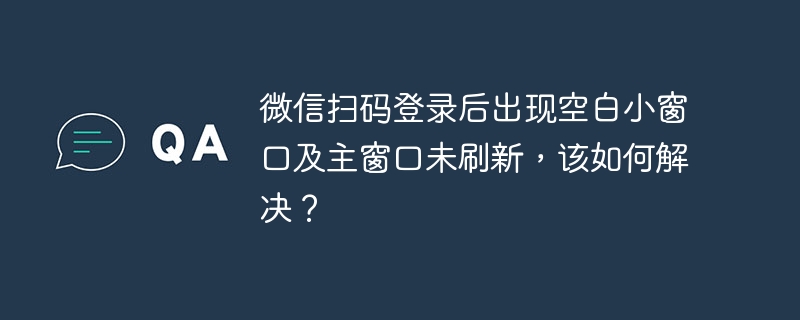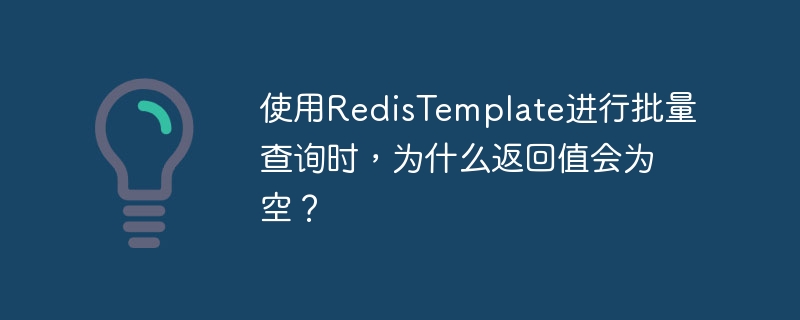在JavaScript中實現組件通信的方法包括:1. 使用props和callbacks進行父子組件通信;2. 利用context api在組件樹中傳遞數據;3. 采用redux等狀態管理庫進行集中式狀態管理。這些方法各有優勢和適用場景,選擇時需考慮項目需求和復雜度。
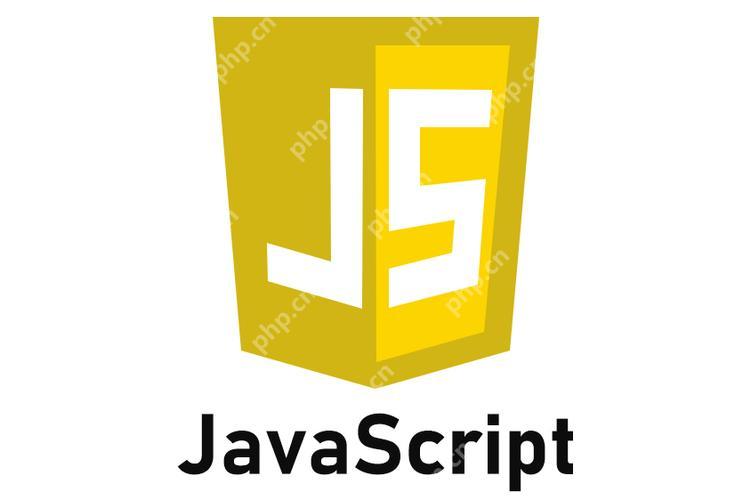
在JavaScript中實現組件通信是前端開發中一個關鍵且常見的任務。無論你是使用React、vue還是原生JavaScript,了解如何讓組件之間有效地傳遞數據和事件都是至關重要的。今天,我們將深入探討幾種實現組件通信的方法,并分享一些實踐中的經驗和注意事項。
組件通信的基本方法
在JavaScript中,組件通信有多種方式,每種方式都有其獨特的應用場景和優勢。讓我們從最基礎的方法開始:
1. Props和Callbacks
在React中,使用props傳遞數據和通過回調函數實現父子組件通信是最常見的方法。這是一種直觀且易于理解的方式。
立即學習“Java免費學習筆記(深入)”;
// 父組件 import React, { useState } from 'react'; import ChildComponent from './ChildComponent'; function ParentComponent() { const [message, setMessage] = useState(''); const handleChildMessage = (childMessage) => { setMessage(childMessage); }; return ( <div> <childcomponent onmessage="{handleChildMessage}"></childcomponent><p>Message from child: {message}</p> </div> ); } export default ParentComponent; // 子組件 import React from 'react'; function ChildComponent({ onMessage }) { const sendMessage = () => { onMessage('Hello from child!'); }; return ( <button onclick="{sendMessage}">Send Message</button> ); } export default ChildComponent;
這種方法簡單直接,但有一定的局限性:它主要適用于父子組件之間的通信,無法直接用于兄弟組件或更復雜的組件結構。
2. Context API
當你需要在組件樹中更深層次地傳遞數據時,React的Context API是一個不錯的選擇。它允許你將數據傳遞給組件樹中的任何組件,而無需通過props逐層傳遞。
// 創建Context const ThemeContext = React.createContext('light'); // 父組件 function App() { return ( <themecontext.provider value="dark"><toolbar></toolbar></themecontext.provider> ); } // 子組件 function ThemedButton() { const theme = useContext(ThemeContext); return <button style="{{" background: theme>Themed Button</button>; }
Context API非常適合全局狀態管理,但需要注意的是,過度使用可能會導致組件難以理解和維護。
3. redux或其他狀態管理庫
對于更復雜的應用,引入一個狀態管理庫如Redux或MobX可能是必要的。它們提供了一個集中式的狀態管理方案,可以更容易地在組件之間共享狀態。
// actions.js export const increment = () => ({ type: 'INCREMENT' }); // reducer.js const initialState = { count: 0 }; export default function counterReducer(state = initialState, action) { switch (action.type) { case 'INCREMENT': return { ...state, count: state.count + 1 }; default: return state; } } // 組件 import React from 'react'; import { useSelector, useDispatch } from 'react-redux'; import { increment } from './actions'; function Counter() { const count = useSelector(state => state.count); const dispatch = useDispatch(); return ( <div> <p>Count: {count}</p> <button onclick="{()"> dispatch(increment())}>Increment</button> </div> ); }
使用Redux等庫可以使狀態管理更加結構化和可預測,但也增加了項目的復雜性和學習成本。
高級用法與優化
在實際項目中,組件通信可能會涉及更復雜的場景和需求。以下是一些高級用法和優化建議:
事件總線
在沒有使用狀態管理庫的情況下,事件總線是一個不錯的選擇。它允許你在任何組件之間發送和接收事件,非常適合兄弟組件之間的通信。
// EventBus.js class EventBus { constructor() { this.events = {}; } on(event, callback) { if (!this.events[event]) { this.events[event] = []; } this.events[event].push(callback); } emit(event, data) { if (this.events[event]) { this.events[event].forEach(callback => callback(data)); } } } const eventBus = new EventBus(); // 組件A import { eventBus } from './EventBus'; function ComponentA() { const sendMessage = () => { eventBus.emit('message', 'Hello from ComponentA!'); }; return <button onclick="{sendMessage}">Send Message</button>; } // 組件B import { eventBus } from './EventBus'; import { useState, useEffect } from 'react'; function ComponentB() { const [message, setMessage] = useState(''); useEffect(() => { eventBus.on('message', (data) => { setMessage(data); }); }, []); return <p>Message: {message}</p>; }
事件總線非常靈活,但需要注意的是,它可能會導致代碼難以追蹤和調試。
自定義Hooks
在React中,自定義Hooks可以幫助你封裝和重用組件通信的邏輯。這不僅可以簡化代碼,還能提高可維護性。
// useMessage.js import { useState, useCallback } from 'react'; export function useMessage(initialMessage = '') { const [message, setMessage] = useState(initialMessage); const updateMessage = useCallback((newMessage) => { setMessage(newMessage); }, []); return [message, updateMessage]; } // 組件A import { useMessage } from './useMessage'; function ComponentA() { const [, updateMessage] = useMessage(); const sendMessage = () => { updateMessage('Hello from ComponentA!'); }; return <button onclick="{sendMessage}">Send Message</button>; } // 組件B import { useMessage } from './useMessage'; function ComponentB() { const [message] = useMessage(); return <p>Message: {message}</p>; }
自定義Hooks可以使組件通信更加模塊化和可重用,但需要確保Hooks的設計不會過度復雜化問題。
常見問題與調試技巧
在實現組件通信時,你可能會遇到一些常見的問題和挑戰。以下是一些常見的誤區和調試技巧:
狀態不更新
有時你可能會發現組件的狀態沒有按預期更新。這通常是因為你沒有正確地觸發重新渲染。你可以通過useEffect來確保狀態變化時觸發相應的副作用。
import { useState, useEffect } from 'react'; function Component() { const [state, setState] = useState(''); useEffect(() => { // 確保狀態變化時執行相應的操作 console.log('State updated:', state); }, [state]); return ( <button onclick="{()"> setState('New State')}>Update State</button> ); }
循環依賴
在組件通信中,避免循環依賴非常重要。確保你的組件通信邏輯是單向的,并且避免在組件之間形成環狀依賴關系。
性能問題
過多的組件通信可能會導致性能問題。使用React的useMemo和useCallback可以幫助優化性能,確保只在必要時重新計算或重新渲染。
import { useMemo, useCallback } from 'react'; function ParentComponent({ data }) { const memoizedValue = useMemo(() => computeExpensiveValue(data), [data]); const handleClick = useCallback(() => { // 處理點擊事件 }, []); return ( <childcomponent value="{memoizedValue}" onclick="{handleClick}"></childcomponent> ); }
性能優化與最佳實踐
在實際應用中,優化組件通信的性能和遵循最佳實踐是非常重要的。這里有一些建議:
避免不必要的重新渲染
使用React.memo或PureComponent可以幫助你避免不必要的重新渲染,從而提高性能。
import React from 'react'; const MyComponent = React.memo(function MyComponent(props) { // 組件實現 return <div>{props.value}</div>; });
使用合適的通信方式
根據具體需求選擇合適的通信方式。例如,對于簡單的父子通信,props和callbacks可能就足夠了;而對于全局狀態管理,Context API或Redux可能更合適。
代碼可讀性和維護性
保持代碼的可讀性和維護性非常重要。使用清晰的命名和注釋,確保你的組件通信邏輯易于理解和維護。
總結
組件通信是前端開發中的一個核心概念,通過本文的介紹和示例,你應該已經對JavaScript中實現組件通信有了更深入的理解。從簡單的props和callbacks,到更復雜的Context API和狀態管理庫,我們探討了多種方法,并分享了一些高級用法和優化技巧。在實際項目中,選擇合適的通信方式并遵循最佳實踐,可以幫助你構建更高效、更易維護的應用。






